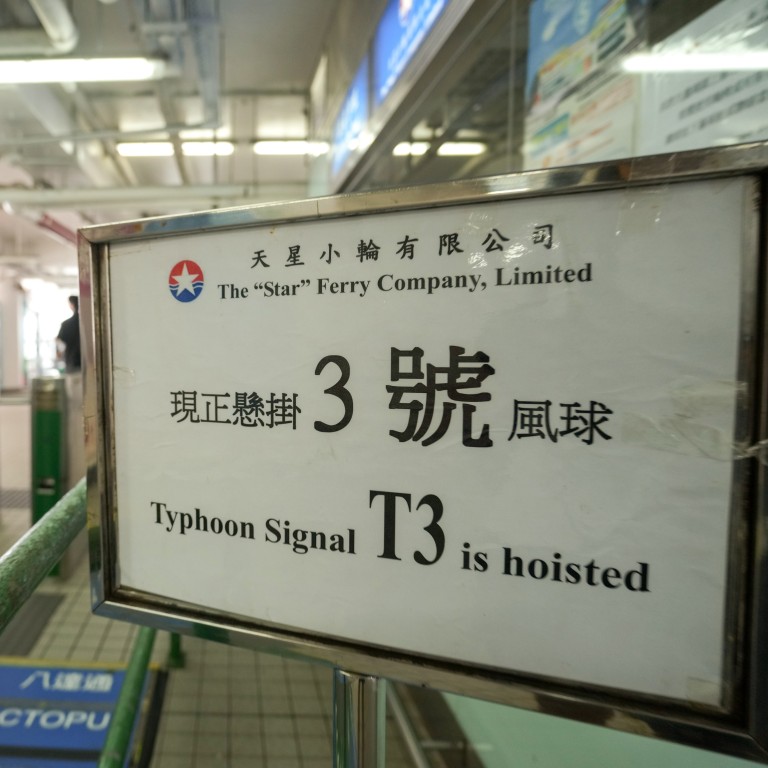
Hong Kong cannot afford to be caught off guard by arrival of Saola
- As city goes on disaster alert for super typhoon, the warning is to be prepared and remain vigilant
Weather forecasting is much less an inexact science than it once was. But typhoons still pose a challenge for even the most seasoned sites of storm landfalls, such as Hong Kong. Tracking them as they approach is one thing. Predicting the time, place and force of their impact on land and population centres with any precision is another.
There is little room for error. Lack of preparedness can be unforgiving. The only tried and tested defence is to assume and plan for the worst and hope for the best.
We can only treat typhoons lightly at our peril.
Hong Kong is a case in point. It has a long history of violent storms each year that can claim life and limb and devastate property.
The city is now facing the worst since Super Typhoon Mangkhut in September 2018. As Super Typhoon Saola drew nearer, the city was last night preparing to go into lockdown, with a typhoon signal No 8 warning of destructive winds, rain and storm surges by early Friday.
Hong Kong Observatory has not ruled out issuing a No 10 hurricane signal if winds strengthen offshore and on high ground.
The city is on disaster alert, with thousands of police officers, firefighters and civil servants on standby to provide emergency services. All classes have been cancelled for today, the first day of the new school year.
Chief Executive John Lee Ka-chiu has ordered departments to prepare for a worst-case scenario. To drive home the message of “be prepared” to the public, authorities have spelled out their readiness for what may lie ahead in a cross-departmental briefing by live video on the government website.
He has assigned Chief Secretary Eric Chan Kwok-ki to oversee planning and made Secretary for Security Chris Tang Ping-keung responsible for coordination.

As Lee reiterated, even experts cannot predict exactly the path and intensity of the destructive storm. The authorities must be ready to adjust and fine-tune emergency responses.
The public must heed local news and social media reports for the latest developments and remain aware of wind and water damage.
Landfall by Mangkhut, which left up to 500 people injured, also resulted in several building collapses, flying or falling objects, a record 60,000 fallen or uprooted trees, not to mention extensive flooding and damage to dozens of coastal areas, prompting the evacuation of residents. Economic losses totalled HK$4.6 billion, according to a study by insurance companies and the Observatory.
That is not to be compared with the human cost, but it is a reminder that the whole community stands to pay a heavy price for any lapse of vigilance against the forces of nature.

